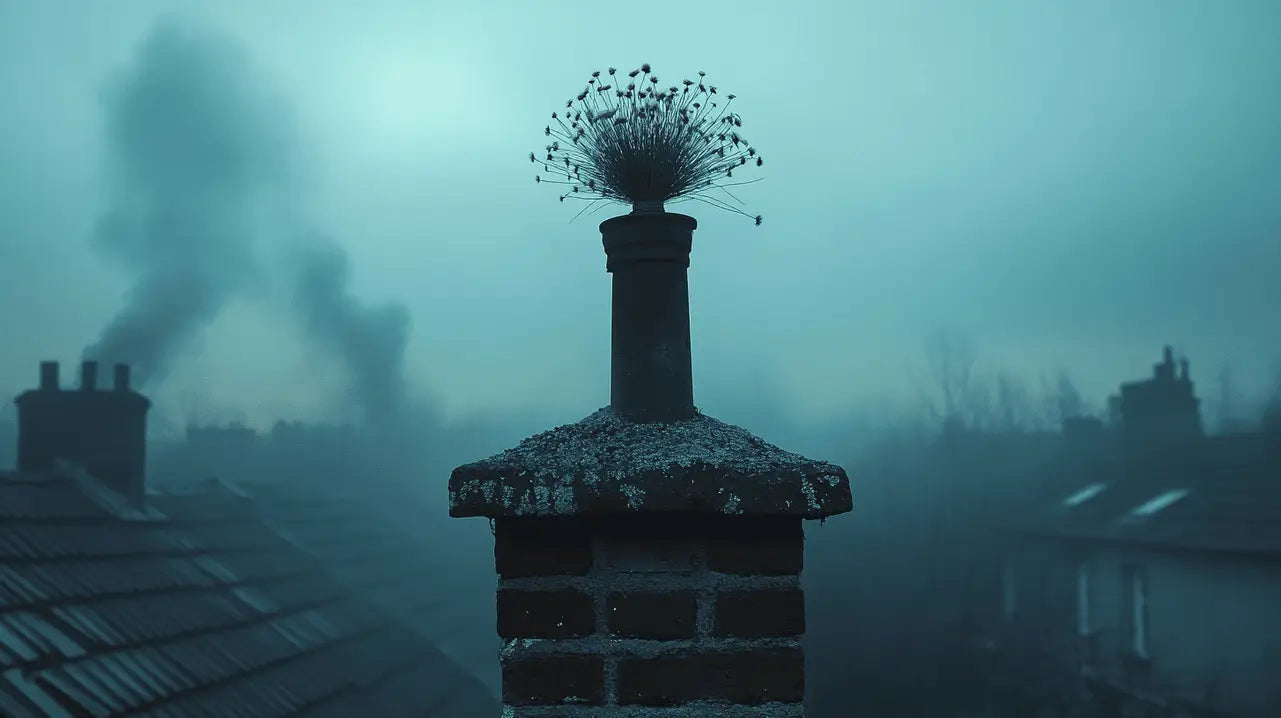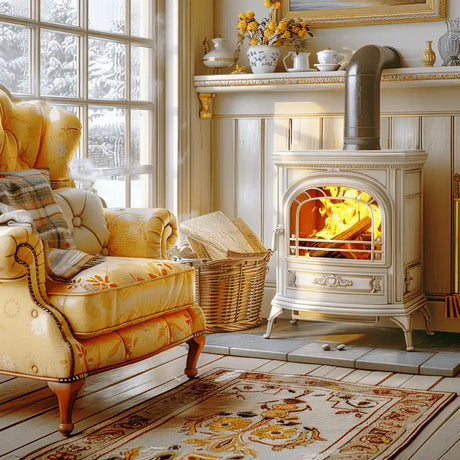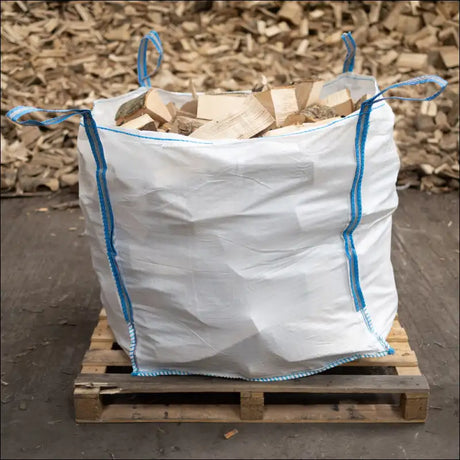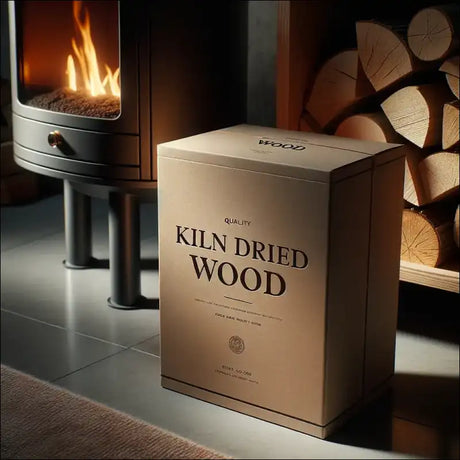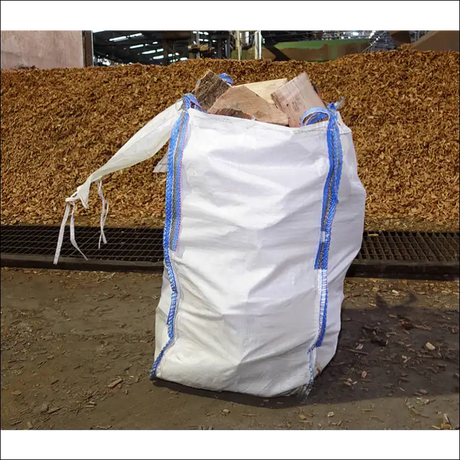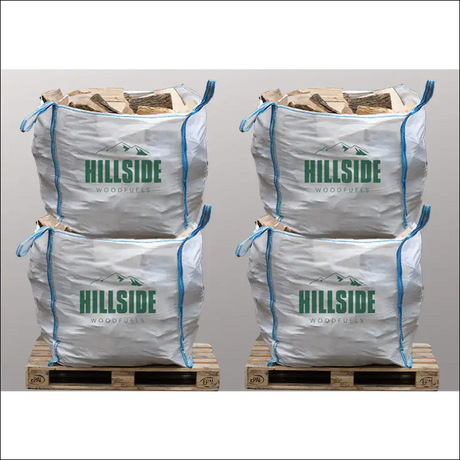As the chilly winds of autumn begin to blow across the UK, many of us start thinking about cosy evenings by the fireplace. But before you light that first kiln-dried log, it's crucial to ensure your chimney is in tip-top shape. Knowing when to call in a chimney sweep can make all the difference between a warm, safe home and potential hazards. Let's dive into the ins and outs of chimney maintenance and when it's time to bring in the professionals.
Why Regular Chimney Sweeping Matters
Before we delve into the when, let's talk about the why. Regular chimney sweeping isn't just about maintaining a tidy fireplace – it's a vital safety measure for your home.
A clean chimney:
- Reduces the risk of chimney fires
- Prevents carbon monoxide buildup
- Improves the efficiency of your fireplace or wood-burning stove
- Extends the lifespan of your chimney
Now, let's explore the key signs that it's time to pick up the phone and call a chimney sweep.
1. It's Been a Year Since Your Last Sweep
The most straightforward rule of thumb is to have your chimney swept at least once a year. This annual clean-up ensures that any buildup of soot, creosote, or debris is removed before it becomes a problem. If you use your fireplace frequently, you might need more frequent sweeps.
Learn more about the advantages of kiln-dried wood for your fireplace.
2. You're Noticing a Strong, Unpleasant Odour
If you're catching whiffs of a strong, acrid smell coming from your fireplace, it's a clear sign that creosote has built up in your chimney. Creosote is a highly flammable substance that forms when wood burns incompletely. A chimney sweep can remove this buildup, reducing fire risk and eliminating that nasty smell.
3. Your Fires Aren't Burning as Brightly
Have you noticed that your fires seem lacklustre lately? If your fires are burning dimly or smoking more than usual, it could be due to a blocked chimney. A professional sweep can clear any obstructions, allowing your fires to burn brightly and efficiently once more.
Discover the best wood types for efficient burning.
4. You've Spotted Signs of Animal Intrusion
Chimneys can be attractive nesting spots for birds and small mammals. If you've heard scratching sounds or noticed twigs or leaves in your fireplace, it's time to call in a sweep. They can safely remove any nests or debris and install a chimney cap to prevent future animal invasions.
5. You're Moving into a New Home
If you've just moved into a new home with a fireplace, it's wise to have the chimney inspected and swept before your first use. You don't know when it was last cleaned, and it's better to be safe than sorry.
6. After a Chimney Fire
If you've experienced a chimney fire, no matter how small, it's crucial to have your chimney professionally inspected and cleaned before using it again. Chimney fires can cause structural damage that's not always visible to the untrained eye.
7. You're Using Your Fireplace More Frequently
If you've started using your fireplace more often – perhaps you've installed a new wood-burning stove or you're trying to cut down on heating costs – you'll need more frequent chimney sweeps. The more you use your fireplace, the faster creosote and soot will build up.
Learn about the advantages of kiln-dried wood for your wood burner.
8. Before Installing a New Fireplace or Stove

Planning to install a new fireplace or wood-burning stove? It's essential to have your chimney inspected and cleaned beforehand. This ensures that your new appliance will work efficiently and safely from day one.
9. You Notice Soot or Creosote Flakes
If you spot black soot or creosote flakes in your fireplace or around the chimney, it's a clear sign that your chimney needs cleaning. These flakes are highly flammable and indicate a significant buildup in your chimney.
10. It's Been a While Since You've Used Your Fireplace
If it's been years since you last used your fireplace, don't just jump in and light a fire. Call a chimney sweep first. Your chimney could have accumulated debris, or animals might have made it their home in the meantime.
Discover eco-friendly firelighters for a safe start to your fire.
Choosing a Chimney Sweep
When it's time to call in a professional, make sure you choose a qualified and experienced chimney sweep. Look for sweeps who are members of professional organisations like the National Association of Chimney Sweeps (NACS) or the Guild of Master Chimney Sweeps.
A good chimney sweep will:
- Carry out a thorough inspection of your chimney
- Clean your chimney using professional equipment
- Provide advice on maintaining your chimney and fireplace
- Issue a certificate of sweeping upon completion
Remember, regular chimney maintenance isn't just about cleanliness – it's about keeping your home safe and warm. By knowing when to call in a chimney sweep, you're taking an important step in protecting your property and loved ones.
So, as the leaves start to turn and thoughts turn to cosy nights in, take a moment to consider your chimney. When was the last time it was swept? If you can't remember, it might be time to pick up the phone and call in the professionals. After all, a clean chimney is a happy chimney, and a happy chimney makes for a warm and safe home.
Learn more about fire safety in our comprehensive guide.
Frequently Asked Questions
-
Q: How long does a typical chimney sweeping session take? A: A standard chimney sweeping usually takes between 45 minutes to an hour. However, this can vary depending on the chimney's condition and any additional services required.
-
Q: Can I sweep my own chimney? A: While it's possible to sweep your own chimney, it's not recommended. Professional chimney sweeps have the proper tools, expertise, and knowledge to thoroughly clean and inspect your chimney for potential hazards.
-
Q: How much does professional chimney sweeping cost in the UK? A: The cost can vary, but typically ranges from £50 to £100 for a standard sweep. Prices may be higher for more complex jobs or if repairs are needed.
-
Q: Is chimney sweeping messy? A: Professional chimney sweeps use advanced equipment and techniques to minimize mess. They typically lay down drop cloths and use vacuum systems to contain soot and debris.
-
Q: How often should I have my chimney swept if I only use it occasionally? A: Even with occasional use, it's recommended to have your chimney swept at least once a year. This helps prevent the buildup of creosote and ensures that there are no blockages from debris or nesting animals.
-
Q: Can a dirty chimney affect my home's air quality? A: Yes, a dirty chimney can negatively impact your home's air quality. It can lead to smoke and harmful gases backing up into your living space, potentially causing respiratory issues.
-
Q: What qualifications should I look for in a chimney sweep? A: Look for sweeps certified by recognized organizations such as the National Association of Chimney Sweeps (NACS) or the Guild of Master Chimney Sweeps. These certifications ensure that the sweep has undergone proper training and follows industry standards.
-
Q: Can chimney sweeping help improve the efficiency of my fireplace or wood stove? A: Absolutely! A clean chimney allows for better airflow, which can improve the efficiency of your fireplace or wood stove, potentially leading to lower fuel consumption and better heat output.
-
Q: Are there any signs that indicate my chimney might be unsafe to use? A: Yes, signs of an unsafe chimney include: visible cracks in the chimney structure, pieces of tile or brick in the fireplace, white staining on the exterior of the chimney (efflorescence), or a strong odor coming from the fireplace when it's not in use.
-
Q: How does the type of fuel I burn affect how often I need chimney sweeping? A: Different fuels produce varying amounts of creosote. Wood typically produces more creosote than coal or gas, so wood-burning fireplaces may require more frequent sweeping.
-
Q: Can chimney sweeping help prevent chimney fires? A: Yes, regular chimney sweeping is one of the most effective ways to prevent chimney fires. By removing creosote buildup, which is highly flammable, the risk of a chimney fire is significantly reduced.
-
Q: What should I do to prepare for a chimney sweep's visit? A: Clear the area around your fireplace, remove any decorative items from the mantel, and ensure there's a clear path to the fireplace. If possible, avoid using the fireplace for 24 hours before the scheduled sweep.

